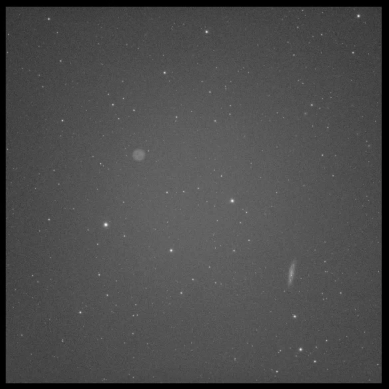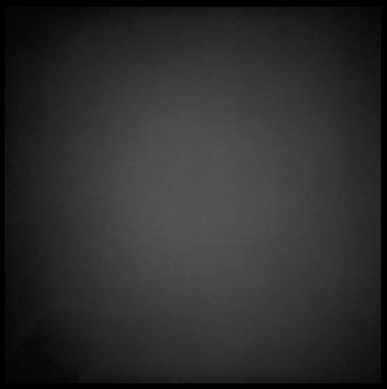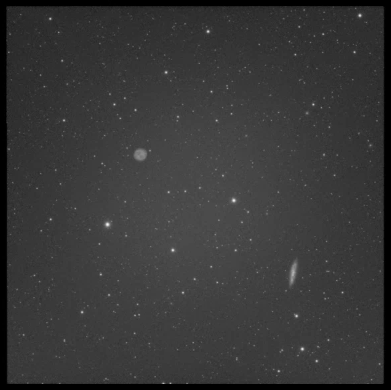Here is a sample single R sub, stretched (fairly hard) to show the vignetting.

Here is the master flat, stretched to show that the uneven light distribution is present in my flats.

And the end resulting integrated stack, showing that some of the vignetting remains.

I'm getting the same issue in my other filters in the LRGB set. My narrowband flats work flawlessly. Capture is done with NINA (flat wizard) and stacked in Astro Pixel Processor. There is no condensation or frost anywhere in the optical train during the capture of my lights or flats. Individual flats taken at a fairly short exposure (FITS header says 0.07 sec) and I wonder if the sensor response at that short of an exposure is consistent with a longer exposure, creating a mismatch.
What might I be missing??


